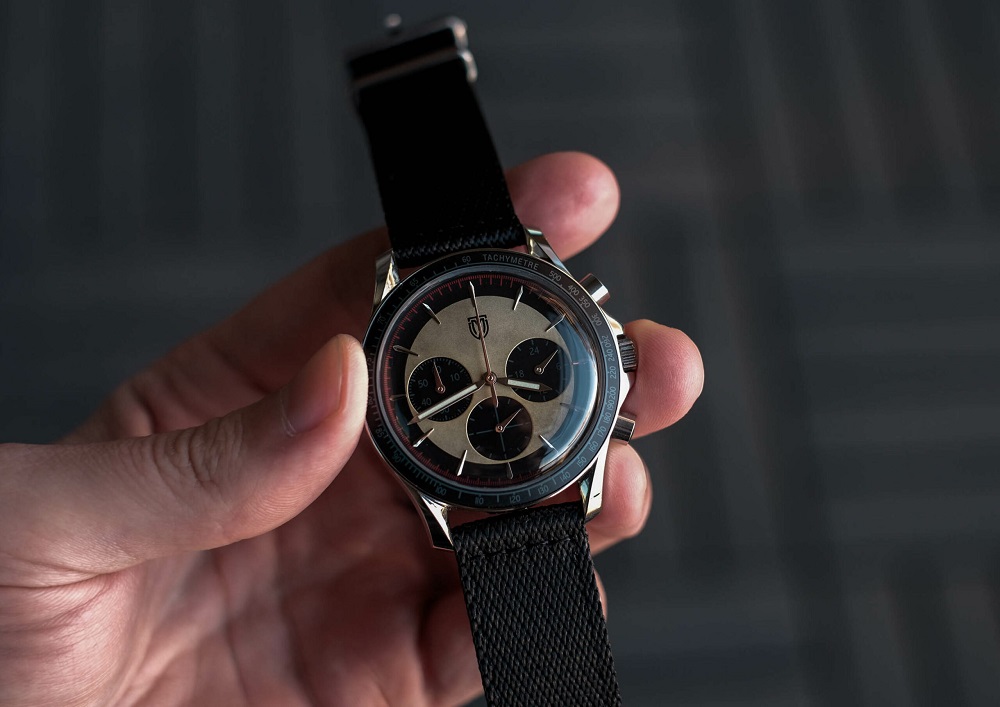Chronograph watches are some of the most fascinating and iconic timepieces in the world of horology. They have a rich history and a legacy that spans over a century. In this article, we will take a journey through time to explore the history and evolution of chronograph watches.
So before that, what is chronograph watch? (นาฬิกา Chronograph, which is the term in Thai). A chronograph watch is a timepiece that has the ability to measure and display elapsed time. The word “chronograph” comes from the Greek words “Chronos” (time) and “graph” (writing). It is a versatile and functional watch that offers various timing functions and features.
Chronograph watches typically have two or three sub-dials on the watch face that are used to measure seconds, minutes, and hours. They also have pushers on the side of the watch that are used to start, stop, and reset the timing functions. Chronograph watches can be used for a wide range of activities, including:
- Sports
- Aviation
- Diving
The Beginnings Of Chronograph Watches
The first known chronograph was invented by French watchmaker Nicolas Mathieu Rieussec in 1821. It was a simple mechanism that consisted of a pen and a rotating disc. The pen marked the time on the disc as it rotated, creating a record of the elapsed time. This invention was initially used in horse racing to measure the speed of horses. It was a significant breakthrough in the world of watchmaking, and it paved the way for further innovation.
The Evolution Of Chronograph Watches
Over the years, the basic design of the chronograph watch was refined, and additional features were added. In the early 1900s, the first wristwatch chronographs were introduced. These were originally used by pilots to calculate flight times and distances. During World War I, chronograph watches became standard equipment for military pilots. This gave them a boost in popularity, and watchmakers started producing them for civilians as well.
In the 1930s, Swiss watchmaker Breitling introduced the first chronograph watch with a second independent pusher. This allowed for the start, stop, and reset functions to be controlled separately. This design is still used in modern chronograph watches.
Chronograph watches continued to evolve in the 1940s and 1950s. Watchmakers added additional features such as tachymeters and telemeters to measure speed and distance. In the 1960s, the first automatic chronograph was introduced. This meant that the watch would wind itself automatically as the wearer moved.
In the 1970s, digital watches started to become popular, and many watchmakers shifted their focus to this new technology. However, the popularity of mechanical watches and chronographs continued, and many new models were introduced in the following decades.
Today, chronograph watches are available in a variety of styles and designs. They are used for a wide range of activities, including aviation, motorsports, and diving. They are also popular among collectors and enthusiasts.
Conclusion
Chronograph watches have come a long way since their invention in the early 1800s. They have evolved from simple mechanisms to sophisticated timepieces that offer a range of functions and features. Their enduring popularity is a testament to their timeless design and usefulness in various activities.






